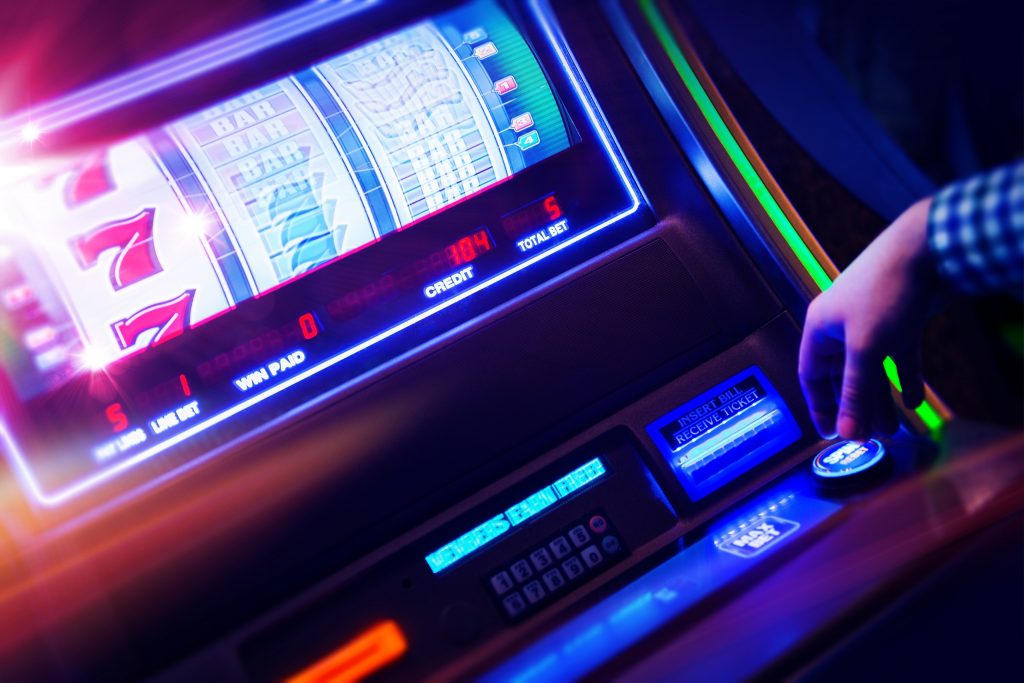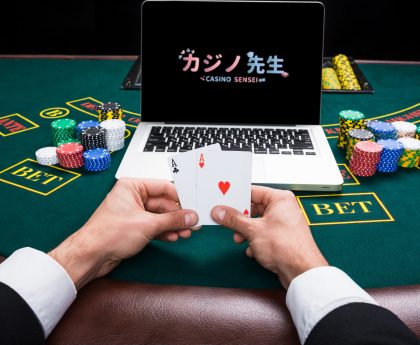Pachinko, a popular game originating in Japan, has been entertaining players for decades. However, with the rise of online gaming, Pachinko has transcended borders and become a global sensation. Its popularity has soared, especially in countries like Japan, where it has become a cultural phenomenon. This article takes a closer look at the rising popularity of online Pachinko, also known as オンラインパチンコ, and why it has become a favorite among players worldwide.
With the advancement of technology and the ease of access to online platforms, Pachinko enthusiasts can now enjoy their favorite game anytime, anywhere. This has contributed to the immense popularity of online Pachinko and the growth of its fan base. This article explores the factors that have propelled online Pachinko, or スロット人気, to global success and why it continues to capture the hearts of players worldwide.
Pachinko: A Traditional Game of Chance
Pachinko is a traditional Japanese game of chance that has been a popular form of entertainment for decades. The game is similar to pinball, but with a unique twist. Pachinko machines are vertical and players use a small steel ball to try and land in certain pockets to win more balls, which can then be exchanged for prizes. The game has become a cultural phenomenon in Japan with dedicated Pachinko parlors found across the country. It is not only seen as a form of gambling, but also as a recreational activity for people of all ages. Pachinko has also made its mark in popular culture, often being referenced in movies, television shows, and literature. This traditional game has stood the test of time and continues to be a beloved pastime for many in Japan.
History and Origins of Pachinko
Pachinko has its origins in the game of Corinthian Bagatelle, an American game that was brought to Japan in the 1920s. The game was initially introduced as a children’s toy but quickly gained popularity among adults. Over time, the game evolved in Japan to become what we now know as Pachinko, with the addition of a vertical board, pins, and a large number of small steel balls.
The first Pachinko parlor was opened in Nagoya in the 1930s, and from there, Pachinko rapidly grew in popularity throughout Japan. These parlors became a popular form of entertainment for the Japanese people, blending aspects of gambling, gaming, and socializing. Pachinko parlors also became an important part of Japanese culture, with their bright lights, catchy music, and the distinct sound of steel balls filling the air.
The game of Pachinko continues to be a significant aspect of Japanese culture, with millions of people visiting Pachinko parlors each year. It has become more than just a game, but a part of the social fabric of Japan, and its evolution from Corinthian Bagatelle to a cultural phenomenon reflects its lasting and widespread appeal within the country.
Mechanics of the Game and How it is Played
The game is played by 2-4 players and each player has the objective of achieving the highest point score by the end of the game. The game board consists of a grid with various terrain spaces, and players take turns moving their pieces across the board using dice rolls to determine the number of spaces they can move. The game includes various game elements such as dice, player pieces, and terrain spaces, each with their own unique characteristics that affect movement and point scoring.
Game rules dictate that players must strategize their movements to avoid hazards and collect point-boosting items along the way. The game also includes unique features such as special power-up cards or event cards that can be used to gain advantages or hinder opponents.
Player turns involve rolling the dice, moving their pieces, and possibly utilizing special cards. Point scoring is based on reaching specific spaces, collecting items, or achieving certain objectives. Basic gameplay strategies include prioritizing item collection, managing the use of power-up cards, and planning movement to avoid hazards and reach scoring opportunities.
Pachinko Parlours: The Hub of Pachinko Culture
Pachinko parlors hold significant cultural impact in Japan, serving as a hub for Pachinko culture. These establishments have a rich historical evolution, originating from mechanical games in the 1920s and transforming into the electronic machines seen today. Pachinko parlors are immensely popular, with millions of players frequenting them regularly. As a result, they play a pivotal role in Japanese society, attracting people from all walks of life.
Pachinko parlors have also influenced the gaming industry, being a precursor to modern electronic gaming. Their success has led to the development of numerous Pachinko-themed video games, further embedding their influence in popular culture.
Today, Pachinko parlors continue to thrive, with a significant presence in Japanese cities, offering a unique and immersive gaming experience for both locals and tourists. Overall, these establishments are not just places for entertainment but also hold a significant place in Japanese culture and society, shaping the gaming industry in the country.
Rise of Integrated Resorts and Online Casinos
Integrated resorts, also known as destination resorts, are multi-purpose facilities that combine casino gambling with a range of other amenities such as hotels, restaurants, entertainment venues, shopping, and convention centers. These resorts have emerged as a popular way to attract tourists and visitors, offering a comprehensive leisure experience in one location. The impact of integrated resorts on the gambling industry has been significant, with these mega-complexes driving significant revenue and competition in the market.
In recent years, the rise of online casinos has provided a convenient alternative to traditional land-based gambling. Online casinos allow players to access a wide range of games and betting options from the comfort of their own homes, using a computer or mobile device. This has transformed the gambling industry, providing accessibility and convenience to a broader audience.
When comparing online casinos to land-based casinos, there are several key differences to consider. While land-based casinos offer a social and immersive experience, online casinos provide convenience and a wide range of games without the need to travel. Both options have their unique benefits, and the choice between the two often comes down to personal preference and individual gaming priorities.
Global Interest in Pachinko Culture
Pachinko, a traditional Japanese game, has captured the fascination of people worldwide. The game has evolved from being a local pastime to a global sensation, with the rise of online pachinko games playing a significant role in its popularity.
Technology has transformed the pachinko industry by making the game accessible to players around the world. Online pachinko games offer advantages such as convenience, a wide variety of game options, and the ability to play from anywhere. However, drawbacks include the lack of physical interaction and the potential for addictive behavior.
The cultural impact of online pachinko on non-Japanese players is significant, as it provides a window into Japanese gaming culture and traditions. Online pachinko tournaments have also emerged as a new way for players to compete and connect with others globally, further fueling the game’s worldwide appeal.
Looking ahead, the future prospects of the online pachinko industry are promising, with continued technological advancements and the potential for further global expansion. In conclusion, the global interest in pachinko culture reflects the broader appeal of Japanese traditions and gaming, and the online pachinko industry is set to continue thriving in the years to come.

Conclusion
The global popularity of online pachinko or スロット人気 , オンラインパチンコ and its impact on the traditional game Online pachinko has become a global sensation, captivating players from all around the world. This article delves into the history and cultural significance of pachinko in Japan, explores the rise of integrated resorts and online casinos, and examines the emergence of online pachinko games. It also discusses the advantages and drawbacks of playing pachinko online, its cultural impact on non-Japanese players, and the future prospects of the online pachinko industry.





